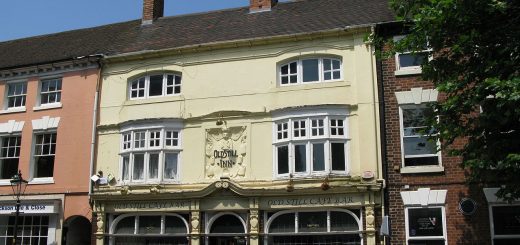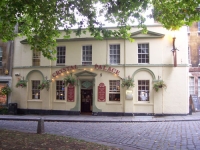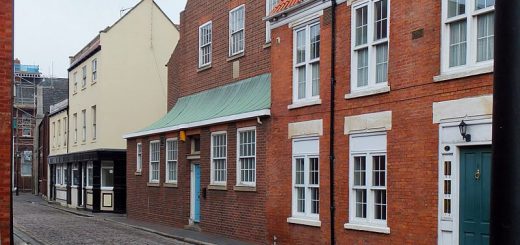Pevensey Castle
Between 300-340AD the Roman fort of Anderitum was built, one of the last and strongest of the south forts. It formed part of the Litus Saxonicum (Saxon Shore) a series of defensive positions designed to defend Roman Britain from the threat of the Saxons. This fort formed the foundations of Pevensey Castle.
The Romans left Britain in 410AD, and in 491AD Aderitum was overrun by the Saxon army of Aelle of Sussex (pronounced Aella), who massacred the defending Romano British garrison and the refugees they were sheltering. Aelle had Anderitum burned and the ruin became known to the Saxons as Andredceaster.
![Pevensey_Castle_aerial_view.jpg: Lieven Smitsderivative work: Hchc2009 [CC BY-SA 3.0 (https://creativecommons.org/licenses/by-sa/3.0) or GFDL (http://www.gnu.org/copyleft/fdl.html)], via Wikimedia Commons](http://www.mysteriousbritain.co.uk/wp/wp-content/uploads/2018/12/thumbnail_Pevensey_Castle_aerial_alt1-300x140.jpg) Five hundred yers later in 1042 Harold Goodwinson (King Harold II of England) refortified the ruin. It was with troops based here he marched north to fight the Norwegian King Harold III (Hardrade) (1015-25 September 1066) at Stamford Bridge in 1066. With the English army away, the fleet of William, Duke of Normandy (later William I, the Conqueror) met no opposition entering Pevensey Bay and the Norman invasion of England began.
Five hundred yers later in 1042 Harold Goodwinson (King Harold II of England) refortified the ruin. It was with troops based here he marched north to fight the Norwegian King Harold III (Hardrade) (1015-25 September 1066) at Stamford Bridge in 1066. With the English army away, the fleet of William, Duke of Normandy (later William I, the Conqueror) met no opposition entering Pevensey Bay and the Norman invasion of England began.
Following the defeat of Harold II of England (1022 – 14 October 1066) at the Battle of Hastings (See Battle Abbey), William I gave Pevensey Castle to his half brother, Count Robert de Mortain, Earl of Cornwall, who transformed it into a Norman castle.
Pevensey is reputedly haunted by several apparitions and other strange phenomena. A White Lady is said to haunt the castle and surrounding fields. There is one account where she was collectively witnessed by twelve campers who saw her gliding over the fields through a fence toward the castle itself. Upon investigation they found that she was not an actual person and promptly packed up and left.
There are also reports of several witnesses to a Grey Lady within the castle walls. There are two popular candidates for who this ghost may be. The first is Joan of Navarre (1370 – 10 June 1437), second wife of King Henry IV. She was a mother nine through her first marriage though never had any children with Henry. At first she had a good relationship with Henry’s children, her step children, especially Prince Hal (future Henry V of England). It is assumed that the relationship between King Henry V (16th September 1387 – 31 August 1422) and Joan broke down and in 1419 Friar Randolph accused her of using witchcraft to poison the King. Joan was arrested, stripped of her assets and imprisoned under the custody of Sir John Pelham at Pevensey Castle, where she stayed for until King Henry V pardoned her on his deathbed.
The second candidate is slightly older, Lady Joan Pelham, wife of Sir John Pelham. John Pelham was a supported of Henry Bolingbroke in his successful bid to lead a rebellion against King Richard II and crown himself King Henry IV in 1399. Whilst away campaigning with the future King, Pevensey Castle and Lady Joan Pelham were besieged by the opposing forces. She is said to written a letter to husband asking that he return to relieve the castle and it is said she would walk around the battlements looking for him returning. Hence the Grey Lady wandering the castle grounds.
There are also stories of a spectral army being heard outside the castle walls, but there is no indication as to which era this relates to. Other accounts mention the apparition of a man in black that was encountered on three successive mornings by a man walking his dog. There are also stories concerning the castle being haunted by a Roman soldier, a drummer boy and a monk in black robes.




Recent Comments